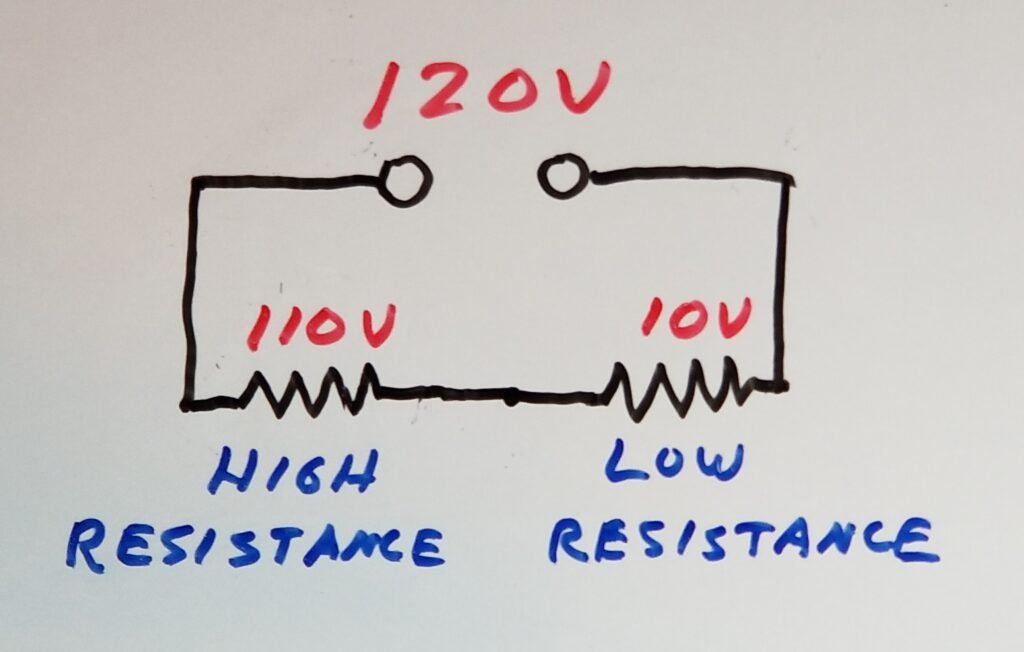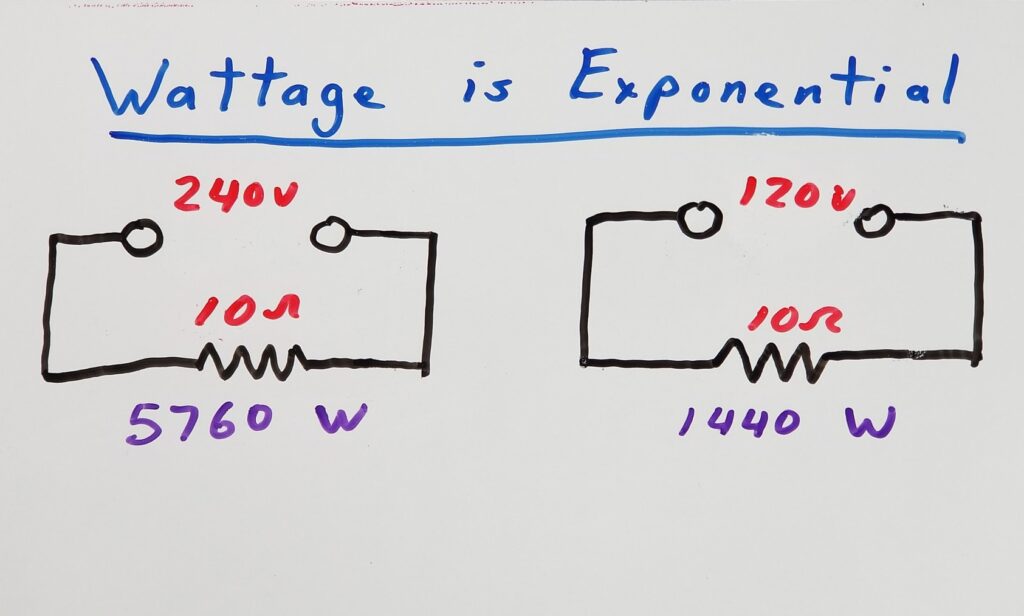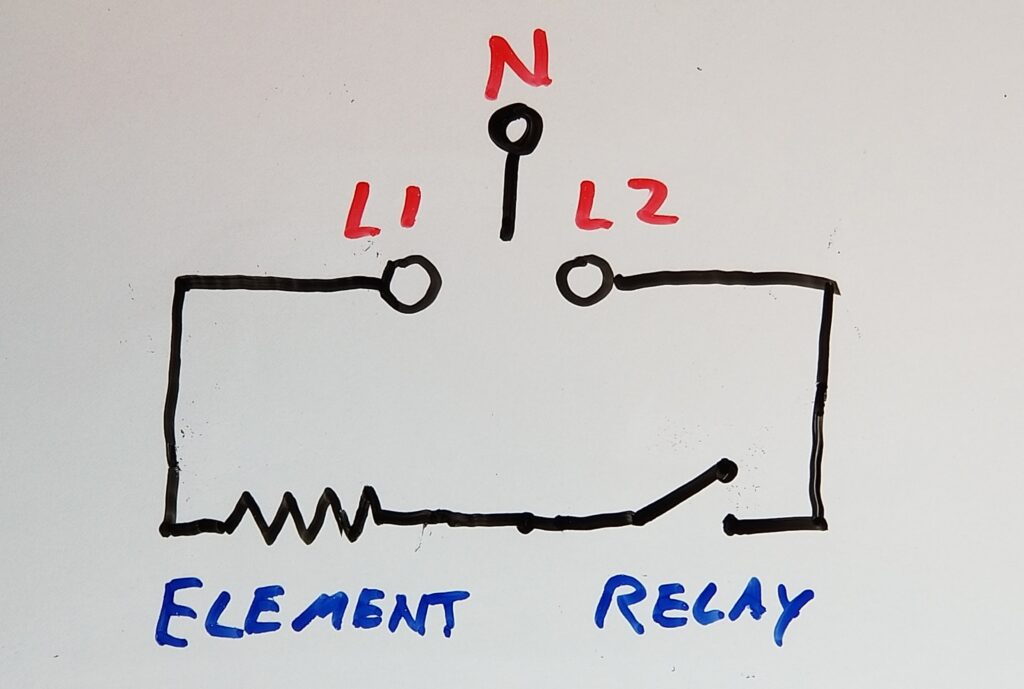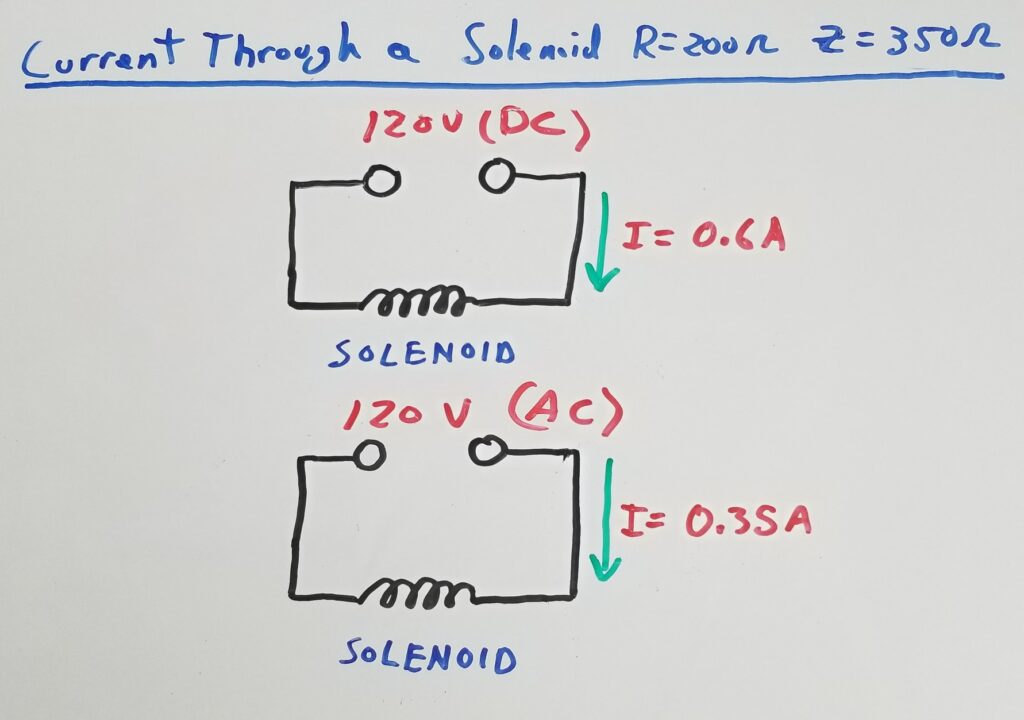Electricity for Appliance and HVAC Technicians. What do they Need to Know?
Appliance and HVAC Technicians will inevitably encounter electrical problems that they must troubleshoot. In order to effectively diagnose these circuits, Technicians must understand some fundamental concepts. This blog describes five bare-minimum electrical rules that once understood, will help better position Technicians for the electrical diagnostic challenges they encounter.
Highest Resistance Gets the Most Voltage
Simply a function of Ohm’s Law, and perhaps the most important basic electrical concept Technicians should understand, is that in a series circuit, the highest resistance of two or more loads, gets the most voltage. This is the basis for why point-to-point voltage test diagnostics (LINK TO POINT-TO-POINT VOLTAGE TESTING ARTICLE HERE) is so effective. By determining what components should or shouldn’t have the most voltage, forces failed components out into the open. This also applies to open components such as a switch, a broken wire, a relay contact, etc., that presents infinite resistance. In a series circuit, that infinite resistance or “open” component will have the greatest (and sometimes all of the) voltage across it.

Voltage Across Loads Adds up to the Total Voltage
Related to the above concept, is also an Ohm’s law based rule that for resistive loads (such as elements and even loose connections), the voltage across each load in a series circuit adds up to the supply voltage. That explains most failures where high-current connections work their way loose and cause a voltage drop, which subtracts from the needed voltage across an element. In other words, a loose terminal (high resistance) block robs voltage from a heating element (low resistance), where the element would normally be the (highest resistance) in the series circuit. That voltage drop across the loose terminal block is subtracted from the supply voltage (usually 240v), and the remainder is left over for the element (which often is close to zero volts).
Wattage or Heat Output is Exponential
This phenomenon is very common, and often most misunderstood. Wattage (or power) released by a load of given resistance, is the square of the voltage across it. So if you double voltage across a bake element, you quadruple wattage (and heat output) of it. The inverse also applies. If you cut the voltage in half, the heat output is reduced to 1/4. This can, and often does, happen in 240v appliances that have lost a voltage leg or where elements are grounded. For example, if you have a 5760 watt electric dryer element that only has 120v across it, the wattage (and heat output) is only 1440 watts. This is 25% of what it should be. The reason for this is that power (P) = V²/R.

Avoid Neutral in 240v Circuit Diagnostics
In 120v appliance and HVAC circuits, Neutral is usually the return path. Those 120v circuits often coexist alongside, and even control 240v circuits (via relays, etc). When diagnosing 240v circuits, however, the voltage source is taken from the difference between L1 and L2. Neutral is not part of that circuit. In fact, it can give you the wrong information because your meter can’t tell, when referencing Neutral, which 120v reading is L1 or L2. This is a problem because they are of different polarities – meaning that they are 180 degrees out of phase. A common voltmeter won’t be able to tell the difference between L1 and L2. So when testing voltage across a 240v load, it is important to only reference either L1 or L2. The reason this is a problem, is that within a circuit, the loads can allow L1 (or L2) to back-feed over to where the L2 should be (if L2 is missing at the receptacle, for example). This phenomenon is further explained in the article this article: THE DIAGNOSTIC FALLACY OF REFERENCING NEUTRAL IN 240v CIRCUITS.
One exception, however, in favor of referencing Neutral is when determining whether L1 or L2 has been lost at a wall receptacle or junction box, but only if the appliance is disconnected (no back-feed). Otherwise, using specific diagnostic techniques, such as described in THIS ARTICLE ON POINT-TO-POINT VOLTAGE TESTING, using L1 or L2 as a reference is all you need once you have established that L1 and L2 are making it to the appliance.

Coils Reduce AC Current
Coils such as in solenoids (water valves), HVAC contactors, and even motors, act not only as resistive loads, but as inductors. What does an inductor do? It opposes (and reduces) AC current. This means that the when you “ohm out” a coil, that resistance is not what will determine the current through that coil when passing AC current through it. The resistance, or more accurately, the impedance (also in ohms), is what the voltage will see – and is usually much higher than the measured resistance. It will thus result in a significantly lower current draw than if you were to connect a DC voltage across that coil. Also, the plunger or core of a solenoid such as a water valve, refrigerator auger solenoid, or HVAC contactor greatly increases the inductance of the coil, and correspondingly reduces the current through that coil. That is why on these solenoids and contactors, if the plunger or core is unable to insert itself into the center of the coil, the current through that coil is much greater than normal and can burn out the coil windings and/or melt its plastic enclosure.

Summary
Appliance and HVAC technicians must possess minimum electrical troubleshooting knowledge if they are to be effective at their jobs. Lacking even the aforementioned basics can result in wasted time, misdiagnoses, and even diagnostic “brick-walls”. It is in the best interest of your company, your client, and yourself, to ensure at minimum, you understand and can apply these basic concepts.
Don’t forget:
“Diverting 10 min/day of social media time towards learning something new, is 5 hours of newfound monthly knowledge.” – SM
To DONATE to the Tech Circuit – CLICK HERE
Alphabetical Links to all Tech Circuit Articles and Blogs – CLICK HERE
Links to all Tech Circuit Cheat Sheets/Field References for Appliance/HVAC Techs – CLICK HERE
For additional electrical and electronics learning material for field techs, visit our homepage at http://www.TechCircuit.org or our Facebook group at https://www.facebook.com/groups/746823709133603.
